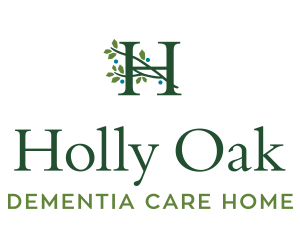
Standards and principles of an effective EHCH model care homes
Fit with entire populace care models
Starting from the main distribution of the EHCH system, by far most GP rehearses have joined PCNs. PCNs are organizations of work, working intimately with other local area healthcare suppliers to work on the wellbeing and prosperity of patients living inside their practices’ geographic limits.

For more information, in light of GP practice records and for the most part, serving populaces of 30,000-50,000, they are sufficiently little to give the individual care esteemed by the two patients and practice staff however huge enough to have economies of scale through better cooperation among practices and others in the nearby wellbeing and social care framework.
While many individuals residing in care homes will be residing with complex requirements, including serious feebleness, some may not. To commission and convey a viable EHCH model, the necessities of the care home populace ought to be perceived at the neighborhood level. Understanding the regular case blend of nearby care homes and the length of stay of individuals residing in them will decide the improved administrations and backing required. For instance, homes with an occupant’s normal length of stay of seven years won’t have a similar requirement for palliative care administrations as those with a typical length of stay of under two years.
Conditions basic for progress:
- Customized care
- Put the necessities of the individual in the middle through “what is important to you” discussions and customized care and backing arranging processes.
- Supporting individuals to discuss the results that make the biggest difference to them; and empowering and empowering them to assume as much liability as they need to deal with their care, wellbeing and prosperity.
iii. Supporting carers and families and perceiving their necessities, as well as those of the singular care home occupant, and recognizing them all as specialists in their care and resides.
- Co-creation
- Working and incorporating with nearby government, the local area, and the VCSE and autonomous care homes areas to co-plan and co-convey the model of care as equivalent accomplices.
- Recognizing the worth of the care home area in working close to the NHS and the huge degree of healthcare that is conveyed in care homes by friendly care staff.
iii. Embracing an entire framework approach, separating the hierarchical boundaries between wellbeing, social care, and the VCSE area.
- Quality
- An emphasis on quality as the driving variable for change.
- Utilizing clinical proof to drive and support change.
- Administration
- Solid initiative and a common vision for better care.
- Perceiving the social distinctions between associations, areas, and various sorts of magistrates and suppliers and focussing on the common vision and points despite contrasts in language and cycle.
Execution structure
The first structure (distributed in 2016) recognized seven care components that portray the EHCH model. These components are as yet perceived and stay as existing great practices. Rendition 2 (this system) has expanded those care components with extra sub-components which mirror the kept learning of partners working around here and which will additionally move along the proposal to individuals residing in a care home. The EHCH model is tied in with carrying out these care components and sub-components together in an organized, reasonable way, at scale, to convey individual-focused care that advances freedom.
This system will hold importance with all partners who should work cooperatively across authoritative limits to commission or convey superior grade, savvy care for people in care homes. It will be exceptionally compelling to the accompanying crowds:
- PCNs and suppliers of local area physical and psychological well-being administrations conveying the EHCH prerequisites in their particular agreements;
- care home suppliers and supervisors (nursing, private, learning incapacity, and psychological well-being);
- nearby power and STP/ICS pioneers who are answerable for dispatching care home administrations;
- accomplice associations locally, emotional well-being, and intense areas of the NHS, and locally and VCSE area; and
- people with care requirements, carers, and families.





